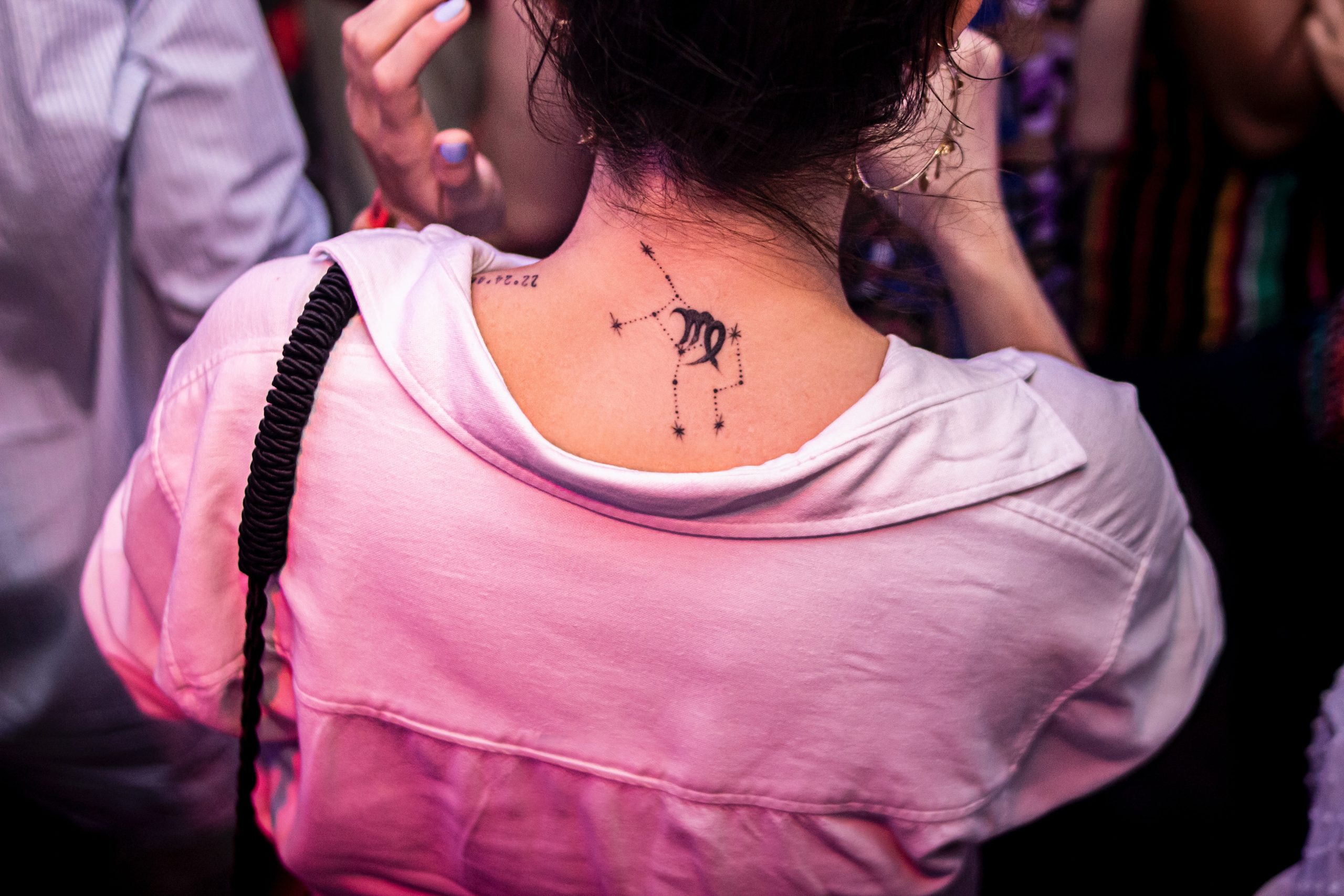The Co-Stars and Moon: Exploring the Celestial Partnership
When we look up at the night sky, the moon is undoubtedly one of the first celestial objects that captures our attention. Its gentle glow and graceful movements have fascinated humanity for centuries. But did you know that the moon often shares the stage with other celestial bodies? In this blog post, we will explore the fascinating partnership between the moon and its co-stars, diving into the different phenomena that occur and the wonders they bring to our nighttime sky.
The Dance of Planets and the Moon
Among the co-stars of the moon, planets take center stage. Each planet, with its unique characteristics and distinct orbit, adds its own flair to the nighttime sky when it aligns with the moon. The brightness and visibility of these celestial encounters vary, but when the conditions are right, they create a breathtaking spectacle.
Mars, for instance, is known for its distinct reddish hue. When it aligns with the moon, the two appear as vibrant specks of light against the darkness. Jupiter, the largest planet in our solar system, is often visible as a bright, shining star. When it joins the moon, it enhances the spectacle, creating an awe-inspiring duo that can be seen even in light-polluted areas.
The king of the planets, Saturn, with its iconic rings, is another frequent companion of the moon. When these two cosmic giants meet, it is like witnessing a cosmic ballet, a performance that captivates both amateur and professional stargazers alike.
Eclipses: The Showstoppers
While planet-moon alignments are beautiful in their own right, nothing beats the jaw-dropping spectacles of lunar and solar eclipses. These rare events, occurring when the sun, moon, and Earth align just right, leave us in awe of the wonders of our celestial neighbors.
Lunar Eclipses
A lunar eclipse occurs when the moon passes through Earth’s shadow. Unlike solar eclipses, lunar eclipses are visible from anywhere on Earth that can see the moon at the time of the eclipse. During a total lunar eclipse, the moon takes on a reddish hue, earning it the nickname “blood moon.” This eerie transformation occurs because of the scattering of sunlight by Earth’s atmosphere.
During a lunar eclipse, the moon becomes a focal point as it shares the sky with other celestial objects. Distant stars, galaxies, and even individual planets become more apparent in the darkness, creating a mesmerizing backdrop for this rare cosmic event.
Solar Eclipses
Solar eclipses, on the other hand, occur when the moon passes between the sun and Earth, momentarily obscuring the sun’s light. Total solar eclipses, where the moon entirely covers the sun, turn daytime into twilight and reveal the sun’s corona, the outermost layer of its atmosphere.
When the moon aligns perfectly with the sun during a solar eclipse, it creates a breathtaking scene. The symmetry of two celestial bodies merging in the sky fills us with a sense of wonder and reminds us of the vastness and beauty of our universe.
Though solar eclipses are the rarer of the two, they are the ones that often captivate us the most. People travel far and wide to observe these extraordinary events, as witnessing a solar eclipse is a once-in-a-lifetime experience that etches itself into our memories.
Celestial Meets Terrestrial: The Moon and Earthly Landmarks
While celestial occurrences with the moon are fascinating, sometimes it’s the interaction between the moon and our earthly landmarks that create captivating scenes.
One such phenomenon is the moonrise or moonset over iconic sights. From picturesque beaches to towering mountains, the moon graces the landscapes, lighting up the surroundings in its ethereal glow. The combination of these man-made wonders and the celestial beauty of the moon creates stunning visual compositions that photographers and artists eagerly capture.
Moreover, the moon also plays a role in various cultural celebrations and traditions around the world. From moon festivals to lunar New Year celebrations, the moon is often a symbol of unity, renewal, and cultural significance. Its coexistence with human activities further enriches our connection to the night sky.
Conclusion
The moon, though captivating on its own, becomes even more incredible when it shares the spotlight with other celestial bodies and earthly landmarks. Whether it’s the dance of planets, the grandeur of eclipses, or the harmonious fusion of the moon and earthly landscapes, these encounters remind us of the immense beauty and vastness of the universe we inhabit.
So, the next time you gaze up at the night sky, take a moment to appreciate the co-stars of the moon. Each celestial encounter brings a unique experience that adds depth and wonder to our cosmic journey.
Table of Contents
